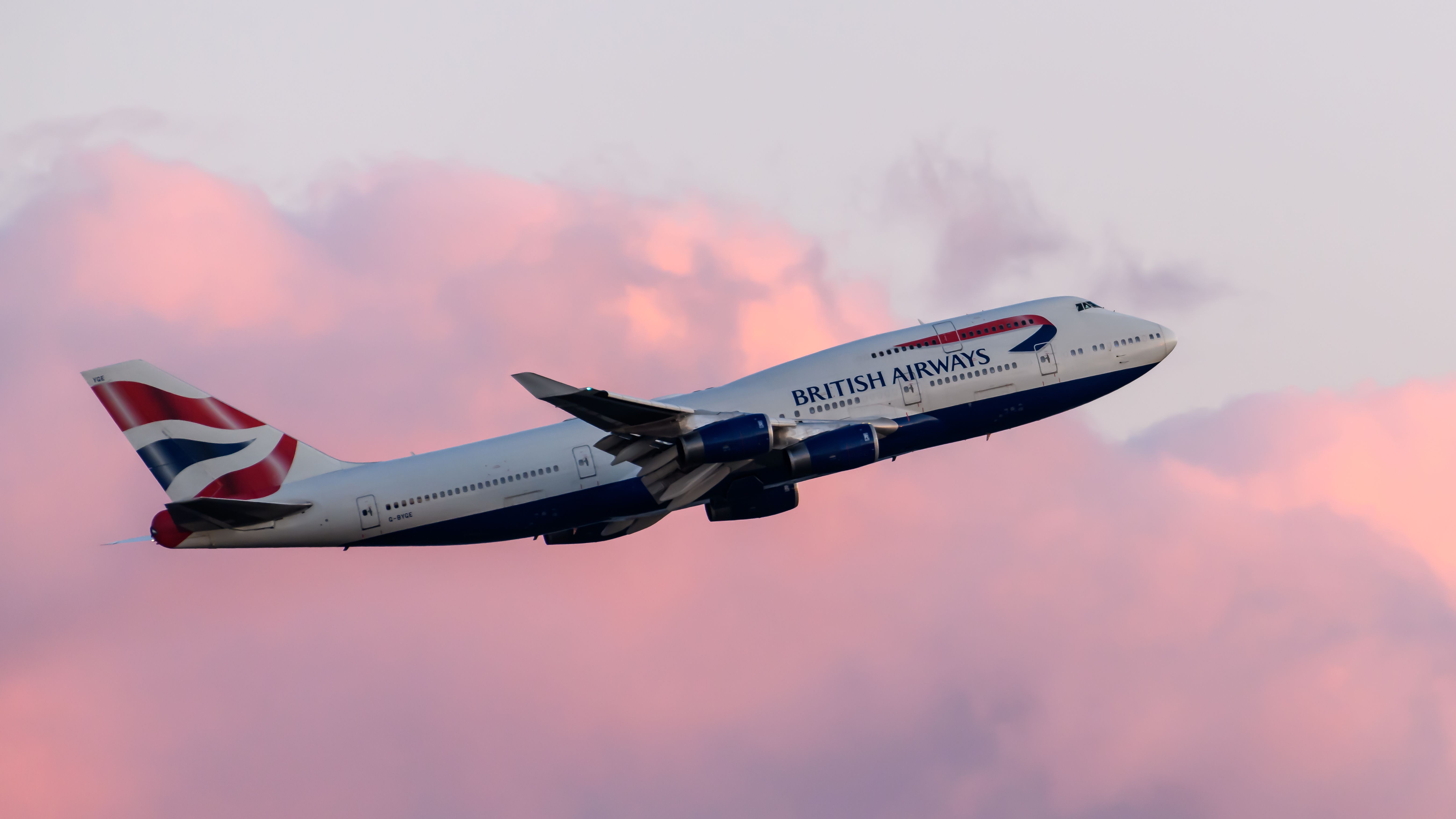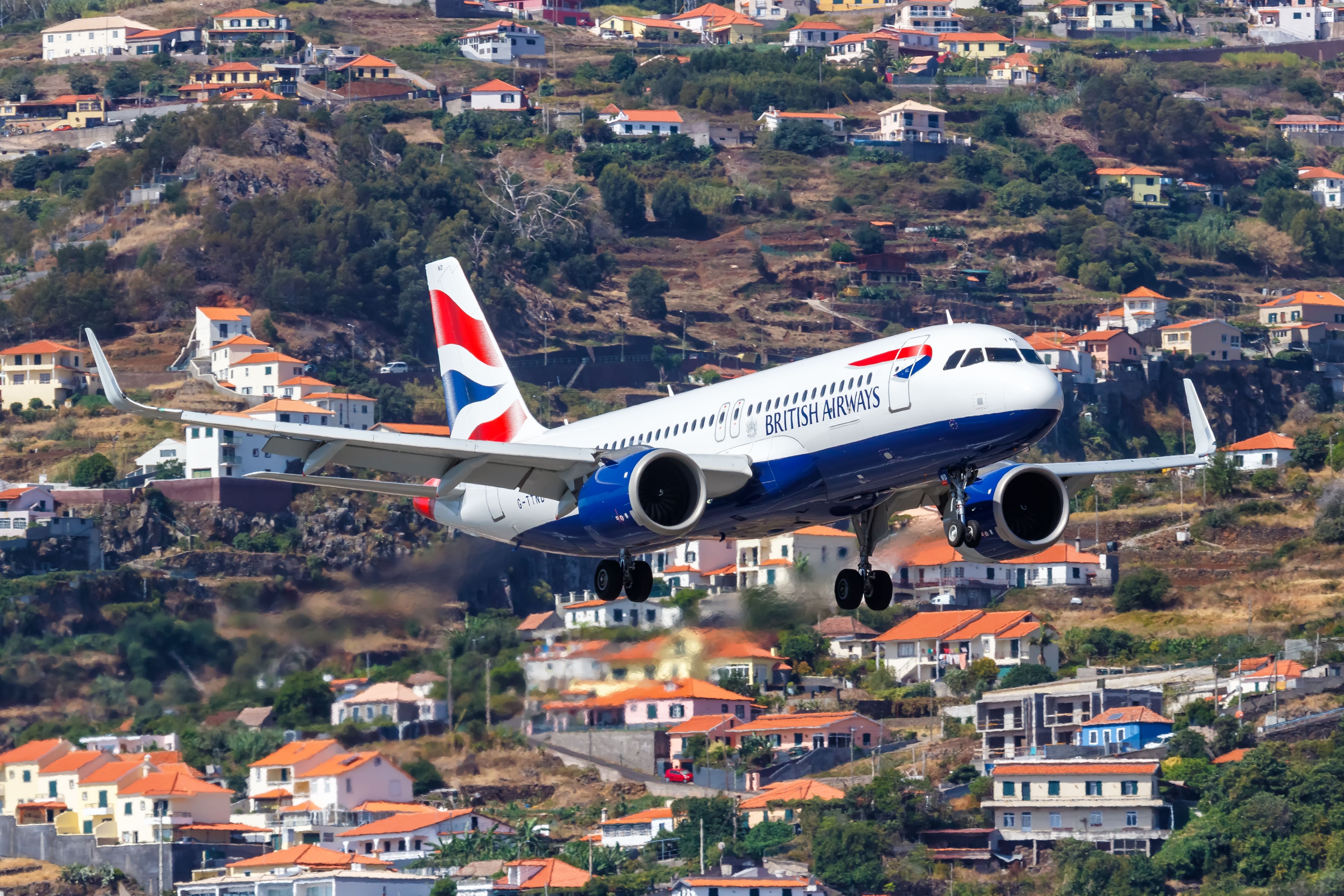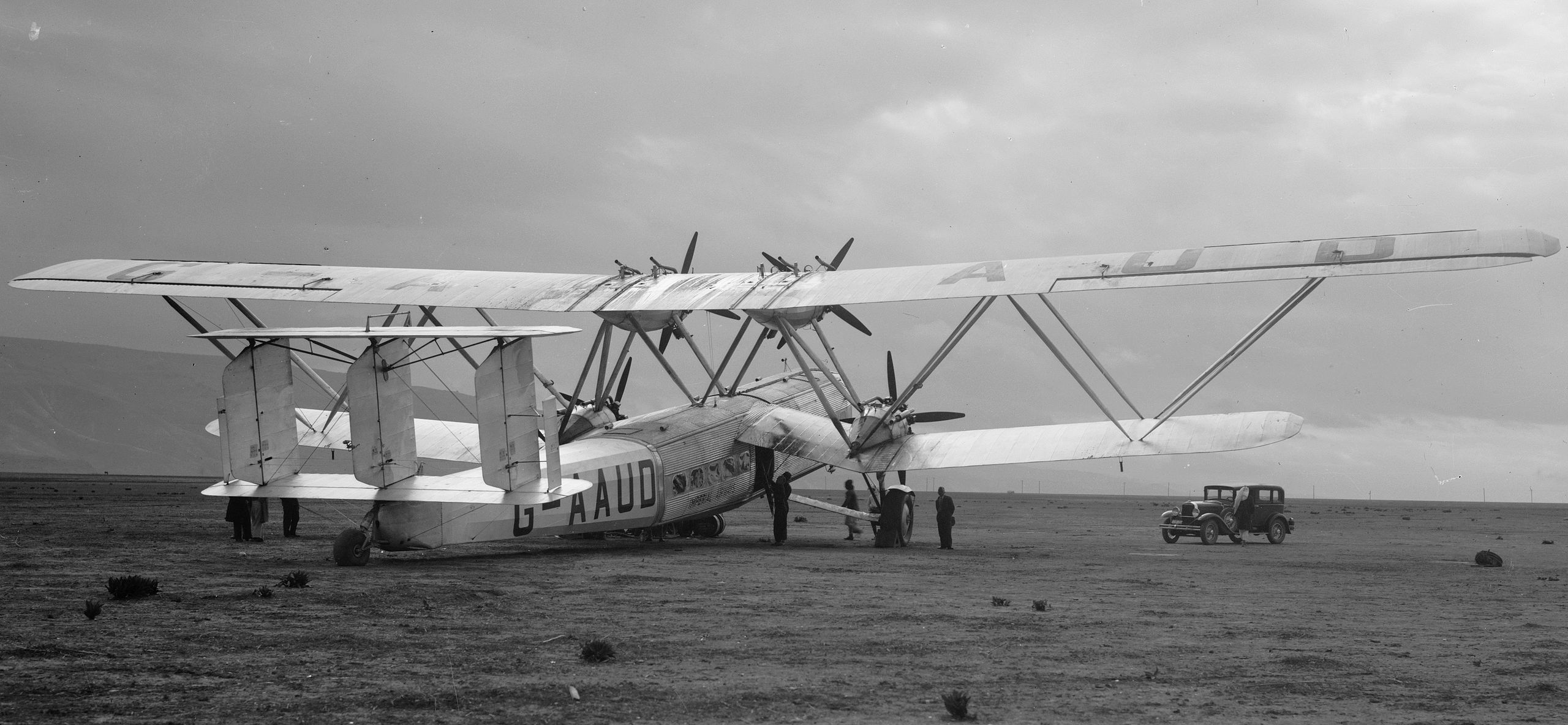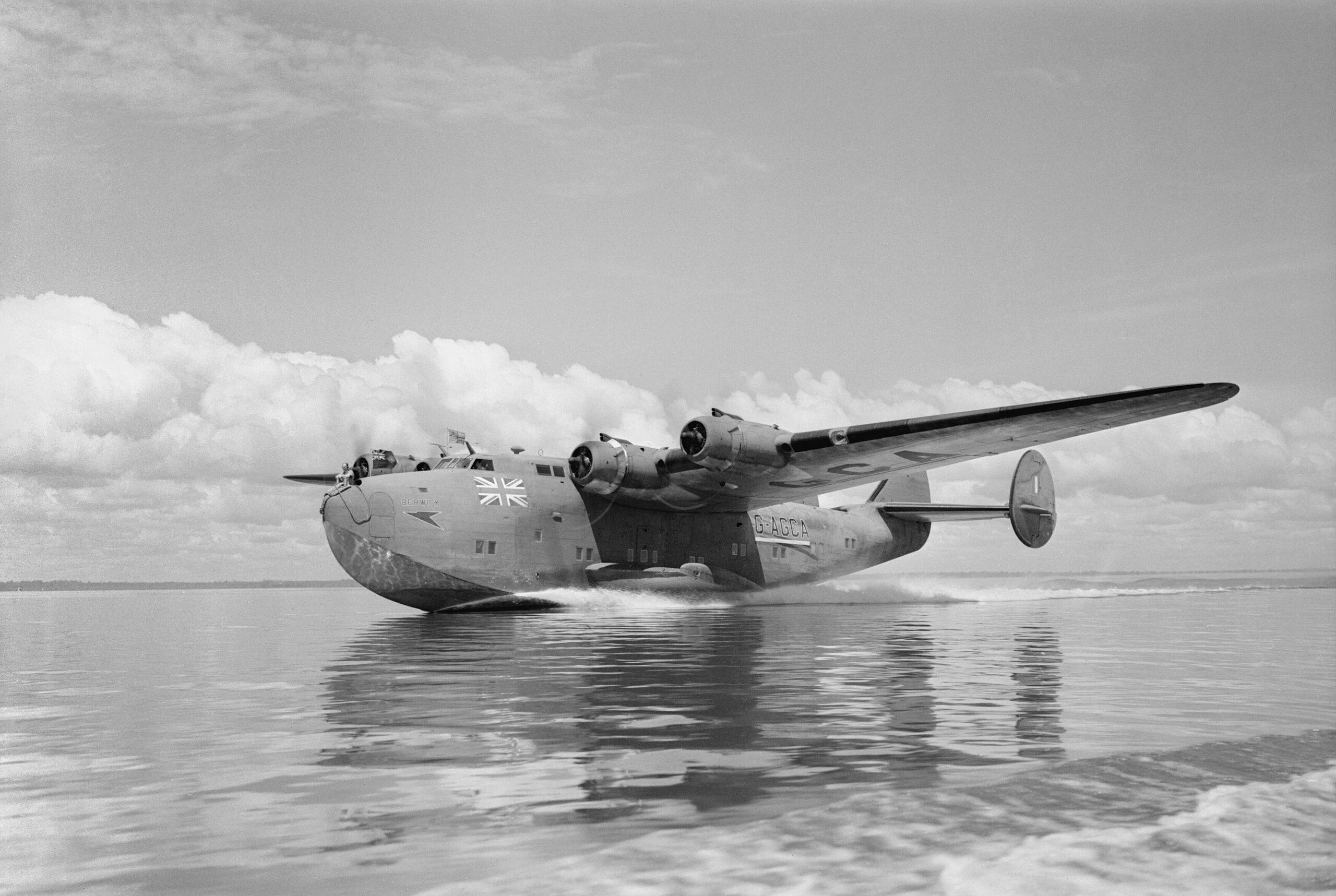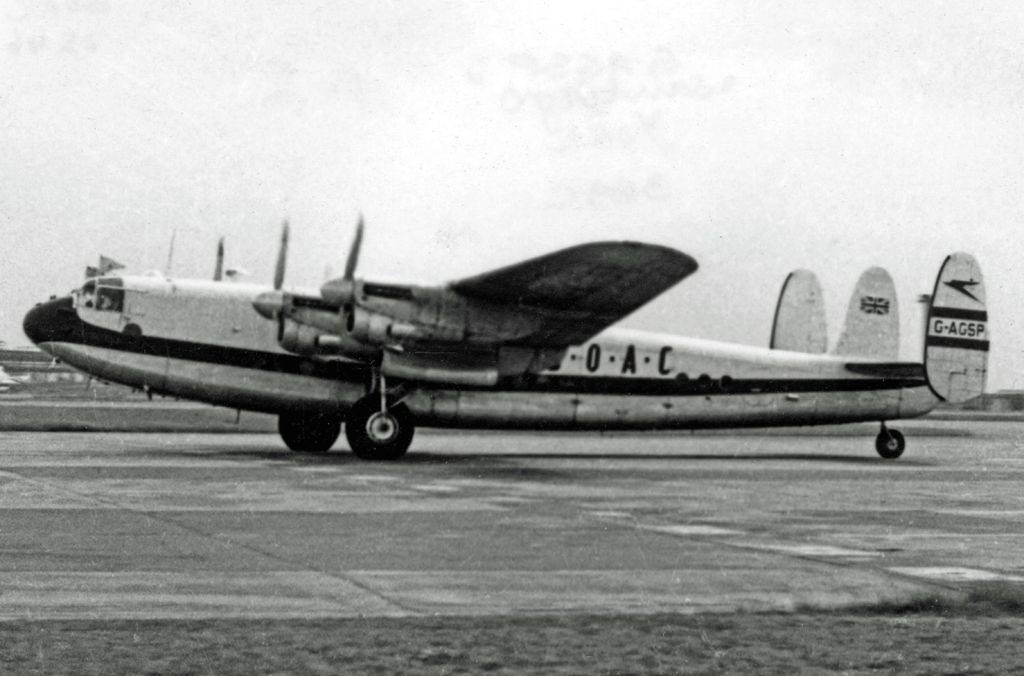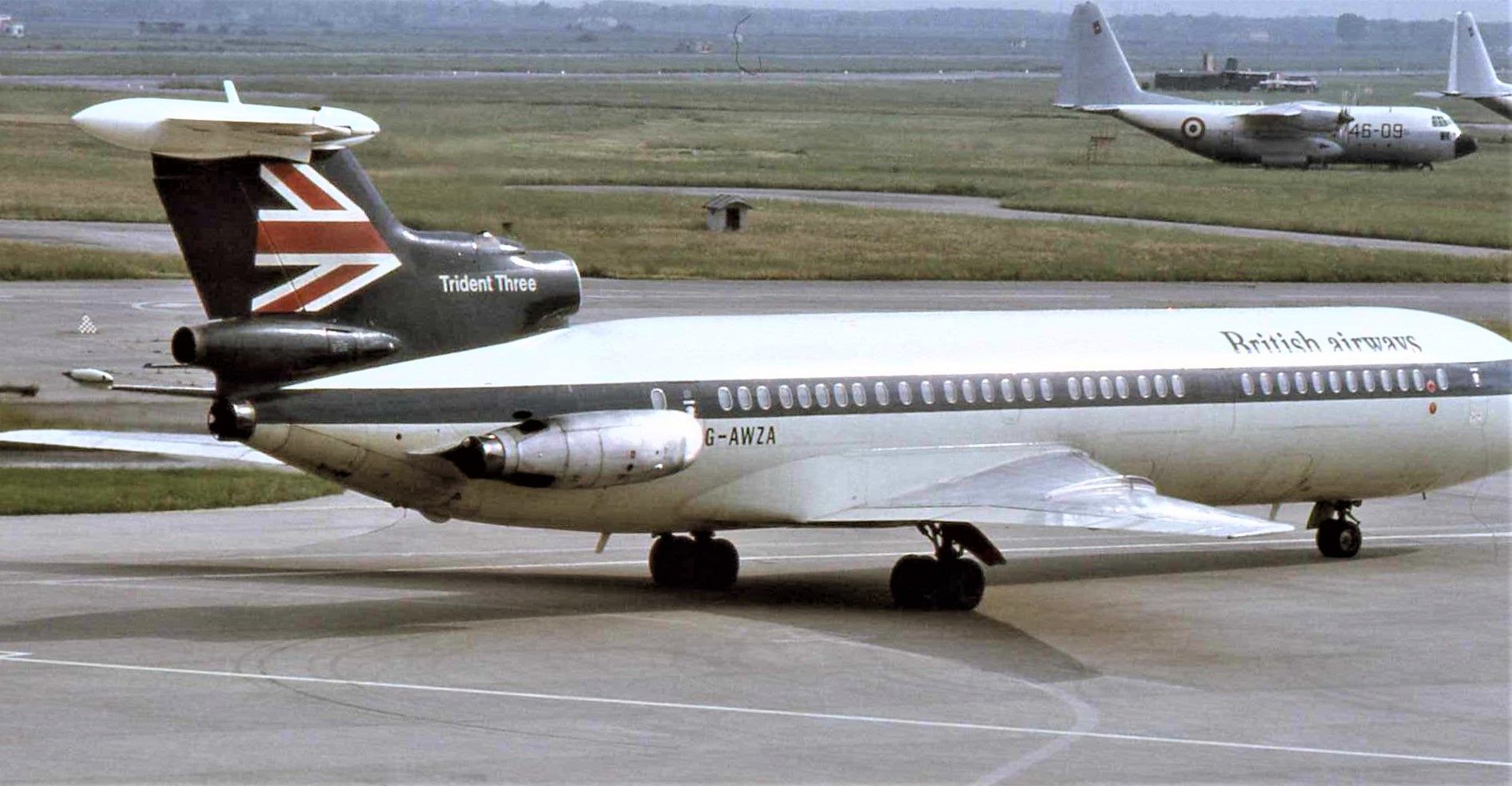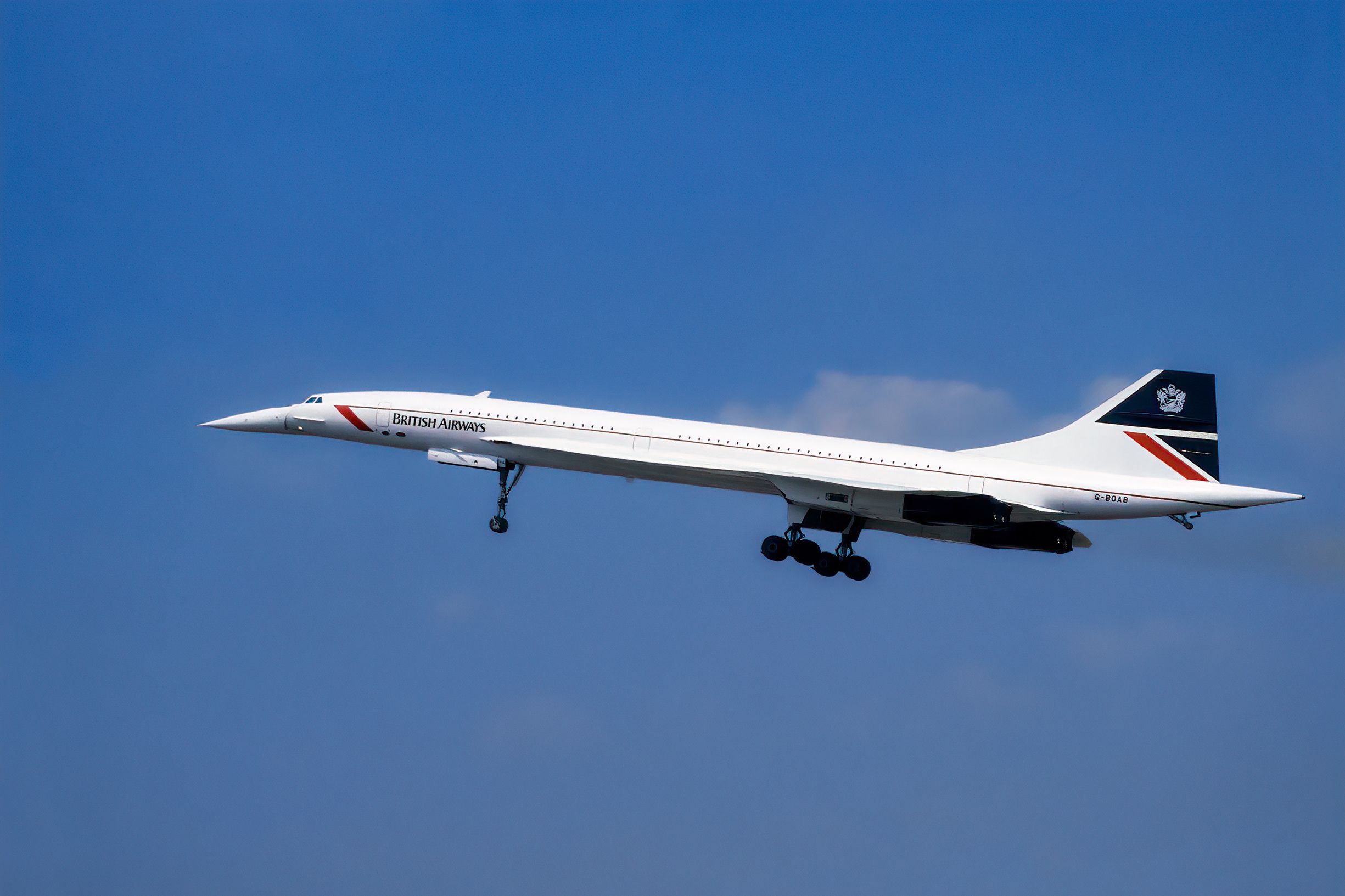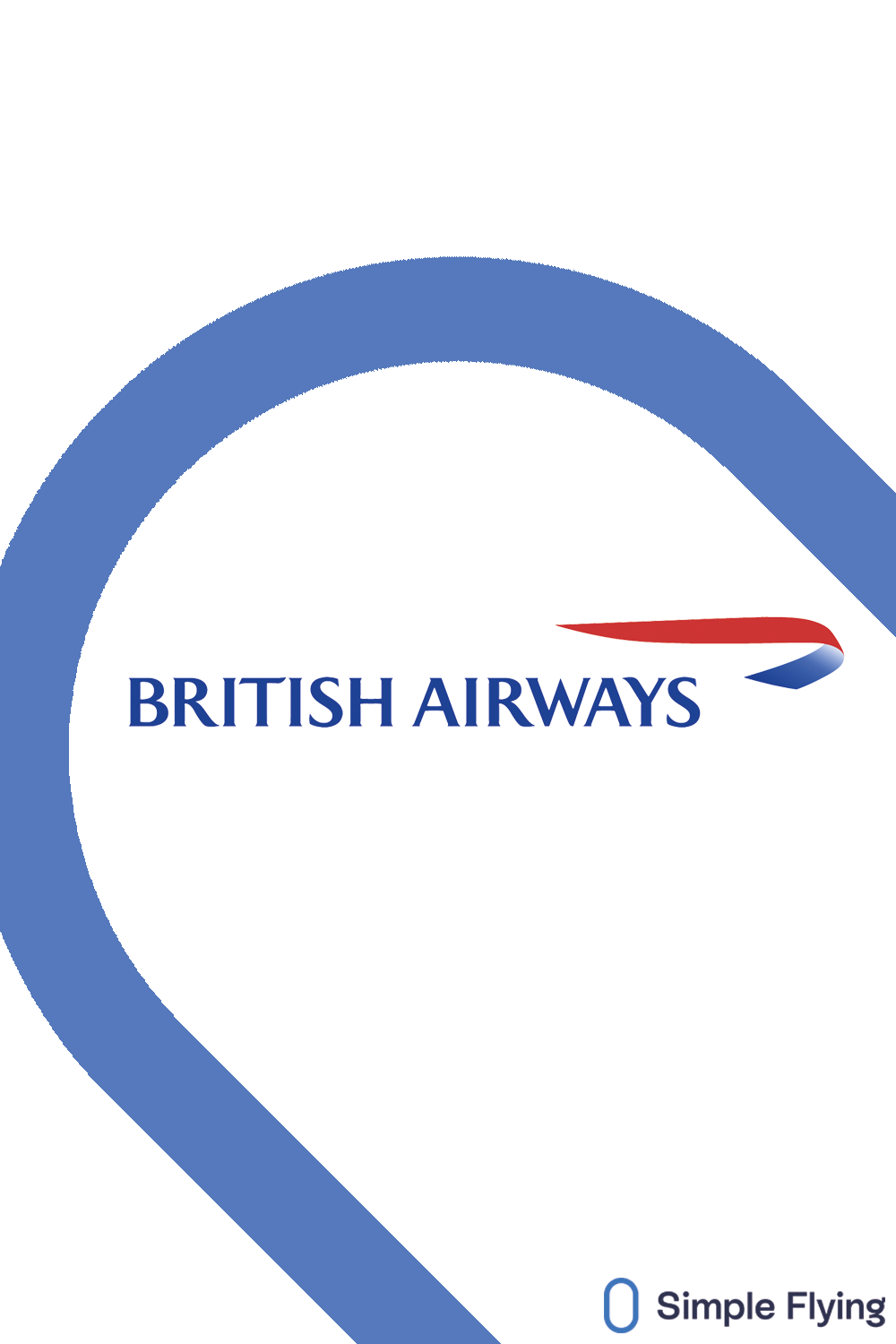Summary
- British Airways has a rich history dating back to 1919 and played a significant role in pioneering various eras of commercial aviation.
- Over the years, British Airways has merged with several other airlines to solidify its dominance in the British aviation industry.
- The airline has continuously adapted and evolved, introducing new aircraft from the de Havilland DH.106 Comet to the latest Airbus and Boeing widebodies.
British Airways holds a large fleet of more than 280 aircraft. Mixing Airbus A320 family narrowbodies with Boeing’s 777 and 787 plus Airbus’ A350 and A380 widebodies has allowed the London-based airline and its subsidiary, BA CityFlyer, to maintain their global dominance that spans over 180 destinations. This international presence traces back to over a century ago, with the flag carrier of the UK pioneering several eras of commercial aviation and becoming a quintessential element of the airline history, widely known for its cultural ties, its innovation, and even the aircraft it employed through the years, like the Concorde.
The company has roots as early as 1919 when a handful of UK-based airlines began operations. Two of these firms, Handley Page Transport and Instone Air Line, would go on to join a group of carriers to form Imperial Airways in 1924 (the photo shown below is of an Imperial Airways Hanno, a British four-engined long-range biplane aircraft).
Notably, Imperial would become part of British Overseas Airways Corporation (BOAC) in 1939, which merged with British European Airways (BEA) in 1974 to form British Airways. This series of companies has dominated British aviation for several decades, pioneering several initiatives such as the introduction of civil jet service and commercial supersonic transport.
Several predecessors
Along with Handley Page Transport and Instone Air, Aircraft Transport and Travel Limited (AT&T) was another British Airways forerunner. This firm launched the first daily international air service on August 25th, 1919, to London from Paris. This flight was performed by a De Havilland DH4A, registration G-EAJC, taking off from near what is now Heathrow Airport. The following year, the airline joined KLM to inaugurate service from Croydon to Amsterdam.
Amid increased European competition, British carriers ceased operations in 1921, and activity was minimal in the following period. Nonetheless, after a revival, UK officials decided it was time to consolidate services. British Airways explains on its website,
“In 1924 Imperial Airways was created as the government’s “chosen instrument of air travel” by the amalgamation of The Instone Air Line Ltd., Handley Page Air Transport Ltd., The Daimler Airway and British Marine Air Navigation Co. Ltd. Imperial began services from London (Croydon) to European destinations as well as pioneering routes to Africa, the Middle East and India.”
Operations went on to snowball during the 1930s. Aircraft such as the HP42 brought unmatched passenger comfort. With this momentum, Imperial began flying to destinations across the British Empire from Southampton. The airline used the Short S23 Flying boat for tase services, launching the Empire Air Mail Scheme.
In the 1930s, Imperial Airways introduced several routes, including weekly flights from England to Mwanza, near Lake Victoria in Central Africa, or the thrice-weekly service between London, Birmingham, Manchester, and Liverpool, employing Argosy aircraft.
British aviation became more consolidated. The recently formed Hillman’s Airways, Spartan Air Lines, and United Airways Limited merged to form Allied British Airways in 1935. Then, the following year, the operation joined British Continental Airways to create British Airways Ltd in 1936. The new company started operations from Heston, Middlesex, and moved on May 17th, 1936, to Gatwick. It flew to Paris, Hamburg, Copenhagen, and Malmo and received a government subsidy to develop routes to North and East Europe.
The merging didn’t stop there. In September 1939, Imperial Airways and British Airways Ltd had been collaborating following their relocation from London to Bristol amid the arrival of World War II. So, on November 24th, 1939, the pair merged following an Act of Parliament, creating BOAC.
National service
BOAC played an integral role in the WWII theater. For instance, its flying boats carried government and military officials to regions such as North America. One of many other crucial tasks it undertook was sending pilots in Lockheed 14s and Mosquitos from Scotland to Sweden to pick up cargo such as ball bearings for battle.
In May 1938, the Air Transport Auxiliary (ATA) was created and was made into an operational unit during the war. BOAC became responsible for the ATA in October 1945, and by the time the war ended, the group had delivered 308,567 planes of 147 different types since the beginning of that decade.
Post-war era
Toward the end of the conflict, BOAC vehicles could be spotted all across the globe, from South America to Asia. In this new era, the government was keen to have three state airlines cover operations. BOAC was to carry on serving the British Empire, North America, and Far East routes. Meanwhile, BEA was asked to cover European and domestic services. British South American Airways (BSAA) was to take on South American and Caribbean operations.
With wartime restrictions ending, BOAC was flying modified Sunderlands, Liberators, Lockheed Lodestars, and Douglas DC-3s. Avro Lancastrians, Handley Page Haltons, and Avro Yorks could also be spotted. However, it would be the launch of a whole new type that would shake things up.
BOAC debuted the de Havilland DH.106 Comet on May 2nd, 1952. This was the world’s first commercial jet airliner, with 114 units, including prototypes, built between 1949 and 1964. BOAC also conducted the “first transatlantic pure jet service” with the Comet 4 in October 1958.
During this time, BEA was also covering great ground. It introduced the Vickers Viscount, a British medium-range aircraft. BEA kicked off operations with the type on April 18th, 1953. Two years later, the central area of London Airport opened, catalyzing the growth of what would be renamed Heathrow in 1966. The first service was a BEA departure to Amsterdam on a Viscount Discovery, registration G-ALWE.
The 1960s brought an influx of fresh planes. The likes of the Boeing 707, Vickers VC-10s, and De Havilland Tridents could be seen on British runways. Notably, a BEA Trident performed the first-ever fully automatic landing transporting commercial passengers.
Considerable changes
The 1970s was perhaps the most significant decade for British Airways. BOAC began flying the Boeing 747 to the likes of Nairobi and Johannesburg in December 1971. The Queen of the Skies opened up a plethora of new passenger segments in civil aviation.
On September 1st, 1972, the British Airways Group was formed, which would lead to BOAC and BEA merging on March 31st, 1974, upon the creation of British Airways. Cambrian Airways and Northeast Airlines would also fall under the BA umbrella during this time.
The reformed aviation outfit didn’t have long to adapt. On January 21st, 1976, British Airways introduced Concorde alongside Air France, ushering in an era of supersonic transport. BA would fly the type until its retirement in October 2003.
There were additional transitions heading into the end of the 20th century, including a series of brand overhauls. British Airways explained,
“A new corporate identity, designed by Landor Associates, was unveiled in December 1984 and in 1986 the airline’s long-haul services moved into the newly-built Terminal 4 at Heathrow. The privatisation of British Airways was completed in 1987 under the leadership of Chairman Lord King. In 1988 BA was merged with Gatwick-based British Caledonian Airways... The airline unveiled in June 1997 [another] new corporate identity incorporating on its aircraft designs from around the world. A new fleet of Airbus aircraft was ordered for short-haul services. The formation was announced in 1999 of a new global alliance – oneworld – which also included Qantas and American.”
Fresh aircraft
The retirement of the Concorde in the new millennium was followed by the order of new planes, such as the Airbus A380 and Boeing 787 Dreamliner. These models are prominent features of the airline’s fleet today, representing the International Airlines Group (IAG) era of the carrier’s history. Ultimately, British Airways merged with Spain’s flag carrier, Iberia, to form a multinational holding company in January 2011.
Altogether, after over 100 years of history, British Airways is still determined to represent its country in this next chapter. Modern twinjets such as the Boeing 787 and Airbus A350 will lead the airline’s global operations in the decade ahead.
Nowadays, British Airways is a widely recognized brand around the world. Its service is loved by many. British Airways currently has a fleet of 294 aircraft. It has 30 Airbus A319s, 75 A320ceos, 20 A320neos, 14 A321ceos, ten A321neos, one A330-900, 16 A350-1000s, 12 A380s, 43 Boeing 777-200ERs, 16 777-300ERs, seven 787-10s, 12 787-8s, 18 787-9s, and 20 Embraer E190s.
What are your thoughts about British Airways’ history? What do you make of the airline’s journey over the decades? Let us know what you think of the carrier and its operations in the comment section.

